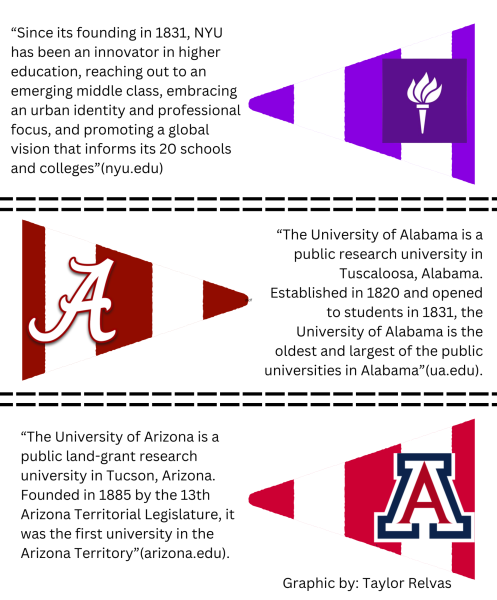AzM2 testing does not resolve issues within flawed state test
After the unexpected name change from AzMERIT to AzM2, does this test better serve to benefit everyone?

The topic of the ethics and usefulness behind standardized tests, where they be state-wide, or nationwide such as the ACT and SAT, has been a debatable topic for decades.
As students take these rigorous tests, educators and test administrators alike have found flaws in the tests they were distributing, and these flaws ended up shaping some of the biggest movements and argumentation against high-stakes testing that we see today.
Sure, it is typical for students to constantly groan and hate testing, but there is good reason behind these complaints. Administering state-wide testing takes away valuable school days of preparation that could be used to further benefit education, especially with high school students who would better prepare for AP tests or essential tests to enter college such as the ACT and SAT.
The Chandler Unified School District even recognized this problem, and opted out of taking the AzM2 test, then known as AzMERIT test, this previous school year.
“[The district] did not take the test [in order] to put instructional days back in the classroom,” explained CUSD Director of Research and Assessment Amber Stouard.
However, the Arizona Department of Education notified the district this year that state assessments were required, and sophomores statewide will have to take the AzM2 test this upcoming school year.
Unlike AIMS testing, which was eventually replaced by AzMERIT, passing the AzMERIT exam is not a requirement to graduate.
These uneasy feelings towards the original AzMERIT are even shared here with principal Dan Serrano, whose biggest issue with the test is its relevance towards students and how there is little motivation to perform well.
“To me, it’s like saying go run the mile, but it doesn’t matter how fast you run,” says principal Dan Serrano.
In addition to this, sophomores taking the test will all be tested on the same curriculum: English and math. However, especially when it comes to math, students are placed in classes varying in difficulty, and the gifted nature of one student in a much more advanced class will not be able to provide accurate details for students in lower-level classes. In short, both ends of the spectrum will have to suffer because of this lack of inclusivity, and will not set a precise precedent capable of benefiting students and teachers.
One of the most puzzling questions behind Arizona’s state-wide test was the reason behind the name change. Previously known as AzMERIT, educators found flaws within what the “IT” stood for: [to] inform teaching.
The lack of detail provided from the test results and timeliness of when the results were delivered (during summer), prompted test administrators to change the name of the test.
Rather than actively working to resolve these issues and providing a standard to which educators could use to benefit their classroom, test administrators simply put a bandage over a bullet wound by changing the name of the test and not resolving the issues within.
The AzM2 test will still take up valuable classroom time that would be better used for other means of education, will fail to provide teachers with adequate, timely details on how to improve their classroom and teaching methods, and will continue to hold no value to students.

Isabel Behrendt is a senior and is a third-year newspaper student and double-truck editor. This year, she will be covering world language. When she is...




